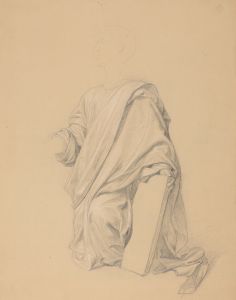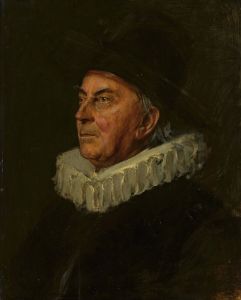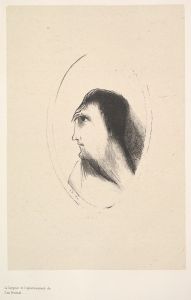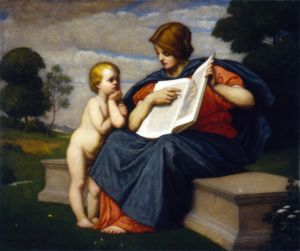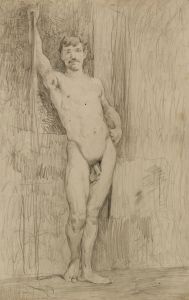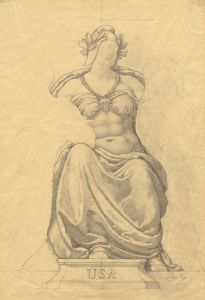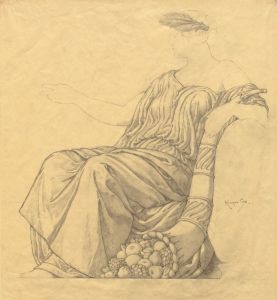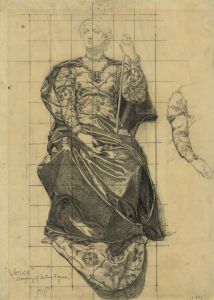
Study for part of drapery for figure of Physics
A hand-painted replica of Kenyon Cox’s masterpiece Study for part of drapery for figure of Physics, meticulously crafted by professional artists to capture the true essence of the original. Each piece is created with museum-quality canvas and rare mineral pigments, carefully painted by experienced artists with delicate brushstrokes and rich, layered colors to perfectly recreate the texture of the original artwork. Unlike machine-printed reproductions, this hand-painted version brings the painting to life, infused with the artist’s emotions and skill in every stroke. Whether for personal collection or home decoration, it instantly elevates the artistic atmosphere of any space.
Kenyon Cox was an influential American painter, illustrator, muralist, and writer, active during the late 19th and early 20th centuries. He was known for his classical style and his contributions to the American Renaissance movement, which sought to bring European classical art traditions to American art and architecture. One of his notable works is the "Study for Part of Drapery for Figure of Physics," which showcases his skill in depicting the human form and drapery, elements central to classical art.
Cox was born in Warren, Ohio, in 1856, and he studied at the Pennsylvania Academy of the Fine Arts before moving to Paris to continue his education at the École des Beaux-Arts. Under the tutelage of renowned artists like Jean-Léon Gérôme, Cox honed his skills in academic art, which emphasized precise drawing and the study of classical antiquity. Upon returning to the United States, he became a prominent figure in the art world, both as an artist and an educator, teaching at the Art Students League of New York.
The "Study for Part of Drapery for Figure of Physics" is a preparatory work for a larger mural project. Cox was commissioned to create murals for various public buildings, and his work often included allegorical figures representing different disciplines and virtues. The figure of Physics would have been part of a series of personifications of the sciences, a common theme in academic art, where abstract concepts were depicted as human figures, often with symbolic attributes.
In this study, Cox focuses on the drapery, an essential aspect of classical painting and sculpture. Drapery studies were crucial for artists to understand how fabric interacts with the human body, how it folds, and how light and shadow play on its surfaces. Such studies allowed artists to create more realistic and dynamic representations in their final works. Cox's attention to detail in the drapery study reflects his commitment to the principles of academic art and his ability to convey texture and form convincingly.
Cox's murals and studies, including this one, were part of a broader movement in American art that sought to elevate public spaces through the integration of fine art. His work can be seen in institutions such as the Library of Congress and various state capitols, where his murals continue to be appreciated for their aesthetic and historical significance.
Kenyon Cox's legacy extends beyond his artwork; he was also a prolific writer and critic, contributing to the discourse on art and its role in society. His writings provide insight into the artistic philosophies of his time and his belief in the power of art to educate and inspire.
The "Study for Part of Drapery for Figure of Physics" exemplifies Cox's mastery of classical techniques and his dedication to the ideals of beauty and knowledge, which he sought to embody in his art. Through his meticulous studies and finished works, Cox played a significant role in shaping the visual culture of his era, leaving a lasting impact on American art history.





